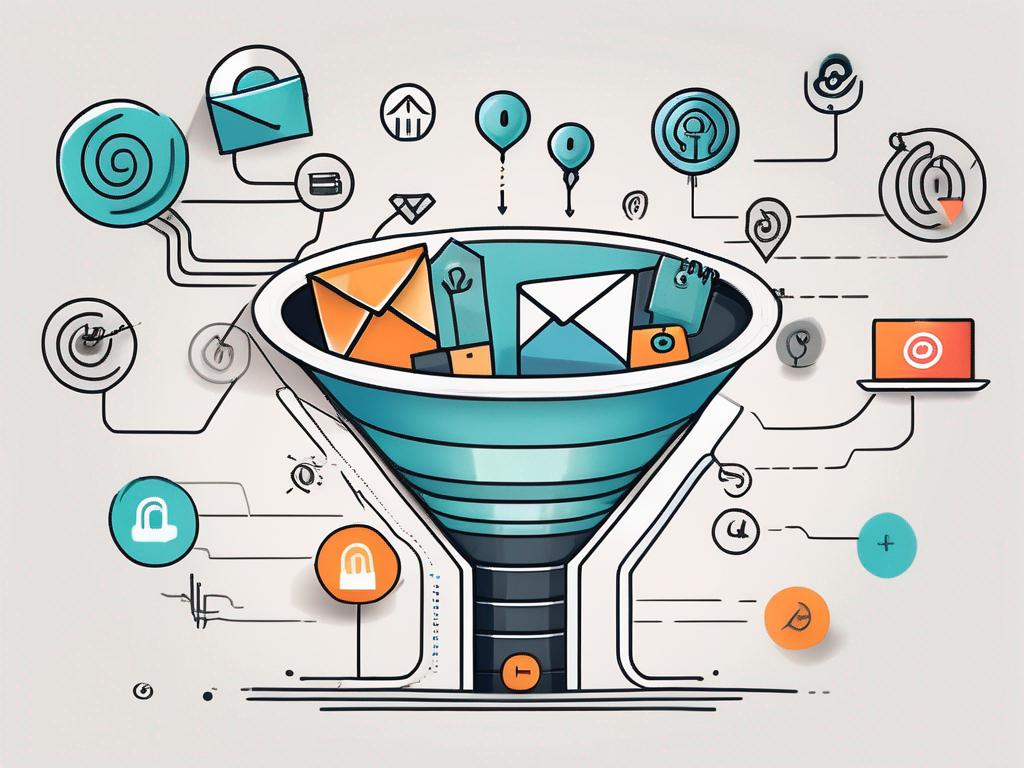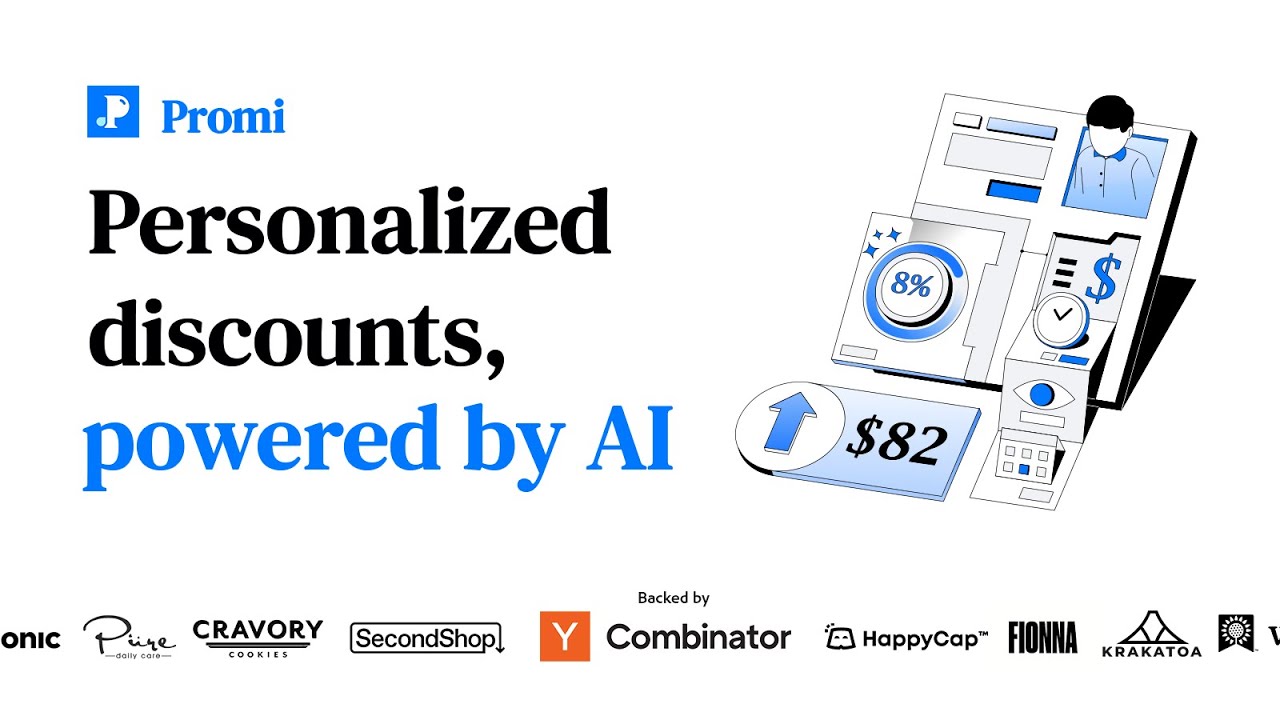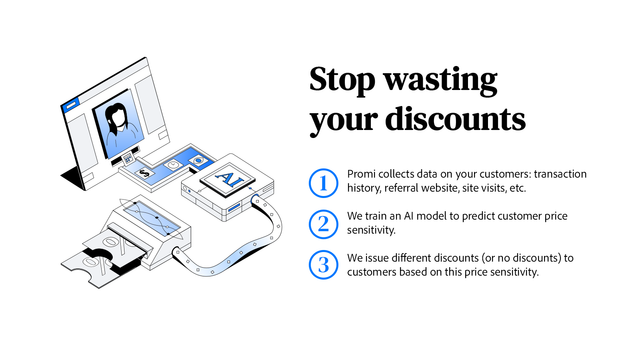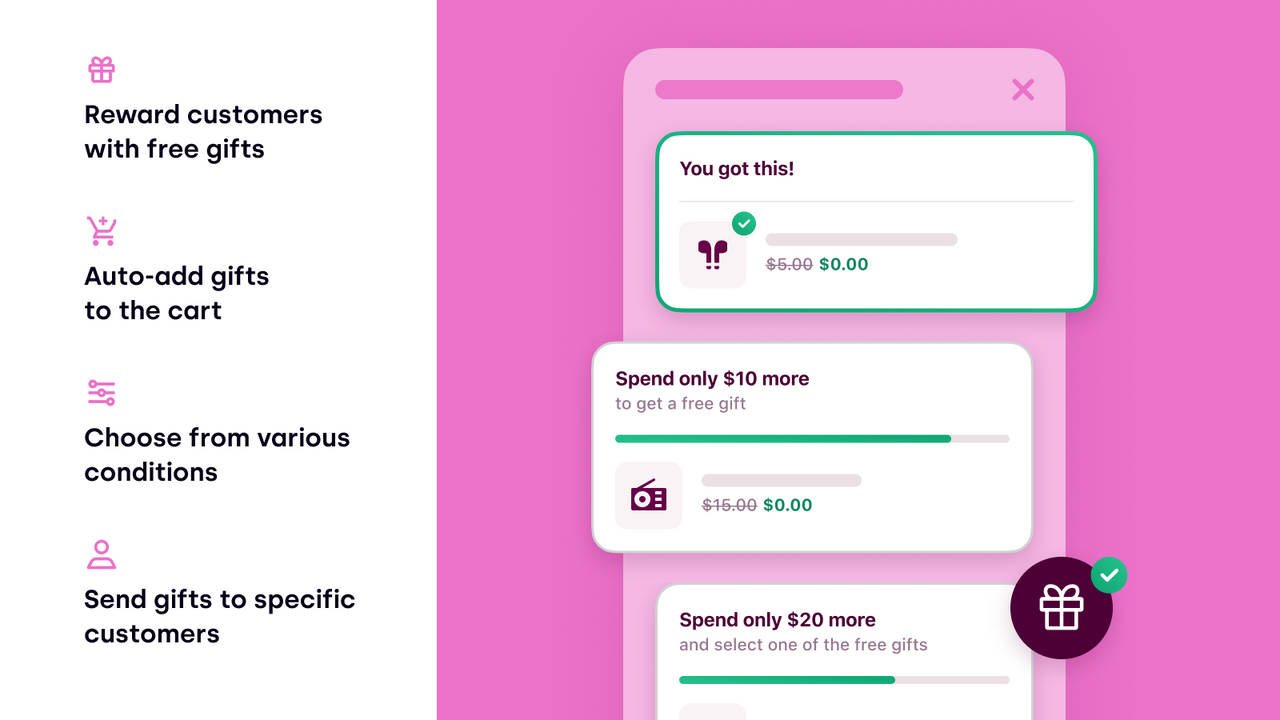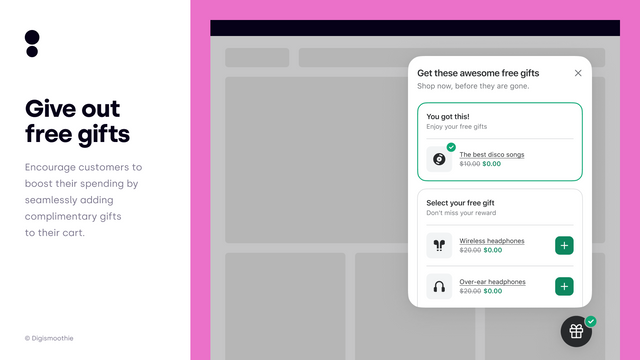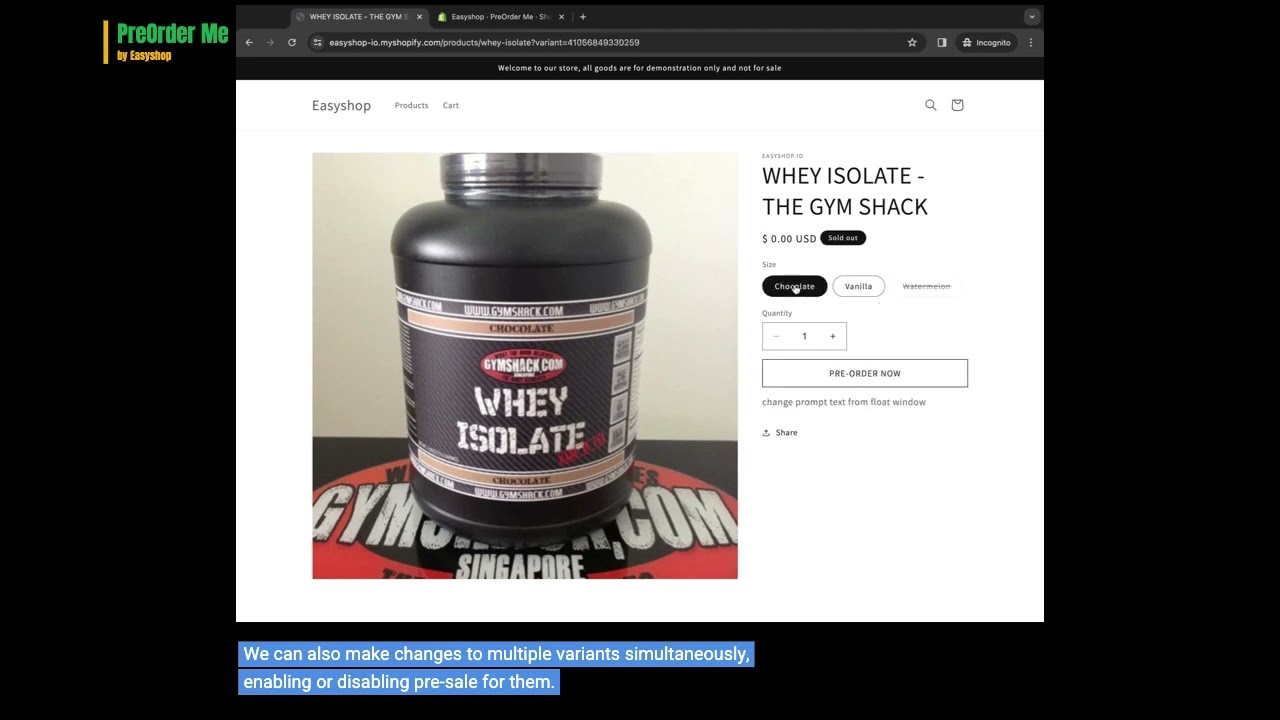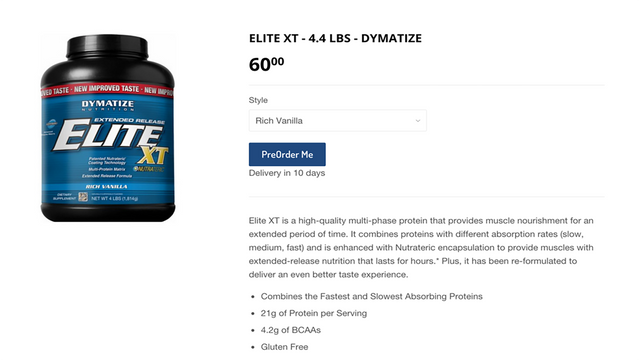In today's competitive business landscape, increasing conversions is paramount for sustained growth and success. Whether you're a small startup or an established enterprise, understanding the importance of conversion rates is crucial. This article will explore the various strategies that have proven to be effective in boosting conversions and maximizing revenue.
Understanding the Importance of Conversion Rates
Conversion rates play a pivotal role in driving business growth. They signify the percentage of website visitors who take the desired action, such as making a purchase, filling out a form, or subscribing to a newsletter. By measuring and improving conversion rates, businesses can optimize their marketing efforts and enhance customer acquisition and retention.
Having a solid conversion rate not only directly impacts revenue, but it also indicates the effectiveness of your marketing campaigns, user experience, and overall website performance. With this in mind, let's delve deeper into the significance of conversion rates in driving business success.
The Role of Conversion Rates in Business Growth
Conversion rates act as a metric to gauge the effectiveness of your marketing tactics, helping you identify what strategies work and what needs improvement. By focusing on increasing conversions, businesses can fine-tune their marketing efforts and allocate resources more efficiently.
Moreover, high conversion rates often correlate with higher customer satisfaction and loyalty. When customers have a positive experience and find value in your offerings, they are more likely to convert and become repeat buyers, leading to organic growth and word-of-mouth referrals.
Additionally, an above-average conversion rate can give your business a competitive edge by outperforming industry standards. Customers are more inclined to choose a company that has a proven track record of converting visitors into customers, as it instills confidence in their decision-making process.
Furthermore, understanding conversion rates allows businesses to identify potential bottlenecks in the customer journey. By analyzing the conversion funnel, businesses can pinpoint areas where visitors drop off or encounter obstacles, enabling them to make necessary improvements and increase conversion rates.
Moreover, conversion rates can provide valuable insights into customer behavior and preferences. By analyzing the data, businesses can gain a deeper understanding of their target audience, allowing them to tailor their marketing messages and offerings to better meet their customers' needs.
How Conversion Rates Impact Revenue
Revenue is the lifeblood of any business, and conversion rates directly influence its generation. A higher conversion rate means that more visitors are taking the desired actions, resulting in increased sales and revenue.
Moreover, improving conversion rates eliminates the need to constantly attract a large volume of new visitors to sustain revenue growth. By converting a higher percentage of existing traffic, businesses can boost profitability, decrease customer acquisition costs, and attain a higher return on investment.
It's worth noting that even a slight increase in conversion rates can have a significant impact on the bottom line. By focusing on optimizing conversions, businesses can tap into untapped revenue potential and drive sustainable growth.
Furthermore, conversion rates can help businesses identify opportunities for upselling and cross-selling. By analyzing the behavior of converting customers, businesses can identify additional products or services that may be of interest, allowing them to maximize revenue from each customer.
Additionally, conversion rates can also impact customer lifetime value. When customers have a positive experience and convert, they are more likely to become loyal, repeat buyers. By nurturing these relationships and providing exceptional customer service, businesses can increase customer lifetime value and generate long-term revenue.
In conclusion, conversion rates are a critical metric for businesses to measure and improve. By understanding the significance of conversion rates in driving business success, businesses can optimize their marketing efforts, enhance customer acquisition and retention, and ultimately drive revenue growth.
The Psychology Behind Conversions
Understanding the underlying psychology of consumer behavior is key to optimizing conversions and crafting effective marketing strategies. By leveraging cognitive biases and tapping into the psychology of persuasion, businesses can create compelling experiences that drive conversions. Let's explore the influence of consumer behavior on conversions and how cognitive biases can be harnessed for better results.
The Influence of Consumer Behavior on Conversions
Consumer behavior plays a crucial role in driving conversions. By analyzing customer preferences, motivations, and decision-making processes, businesses can tailor their offerings and marketing messages accordingly.
One important aspect to consider is the influence of social proof. People often look to others for guidance and validation when making decisions. By incorporating social proof elements, such as customer testimonials, reviews, and user-generated content, businesses can instill trust and credibility, ultimately leading to higher conversion rates.
Additionally, understanding the concept of scarcity can create a sense of urgency and increase conversions. Limited-time offers, exclusive discounts, and countdown timers can trigger the fear of missing out (FOMO), prompting visitors to convert before the opportunity passes.
Leveraging Cognitive Biases for Higher Conversions
Cognitive biases are innate mental shortcuts that influence human decision-making. By understanding and leveraging these biases, businesses can optimize their marketing efforts to drive conversions.
One popular bias is the anchoring effect, where people rely too heavily on the first piece of information they receive when making decisions. By strategically framing your product or service in a favorable light, you can anchor the customer's perception and increase the likelihood of conversion.
Another powerful bias is the scarcity effect, which creates a perception of limited availability and high demand. By creating a sense of scarcity through limited-time offers or exclusive access, businesses can tap into the fear of missing out and drive higher conversion rates.
Strategy 1: Implementing A/B Testing
A/B testing, also known as split testing, is a data-driven strategy that enables businesses to optimize their websites, landing pages, and marketing campaigns. By comparing two versions (A and B) against each other, businesses can identify what elements and strategies lead to higher conversion rates.
The Basics of A/B Testing
A/B testing involves creating two versions of a webpage or marketing campaign and randomly displaying each version to visitors. By tracking the performance of each version, businesses can determine which one generates higher conversions.
When conducting A/B tests, it's essential to test only one element at a time, such as call-to-action buttons, headlines, or color schemes. This allows for accurate analysis and data-driven decision-making.
A/B Testing and Conversion Rate Optimization
A/B testing is an iterative process that enables businesses to continually optimize their conversion rates. By systematically testing different variations, businesses can identify winning elements, refine their strategies, and create a website or marketing campaign that maximizes conversions.
It's important to note that A/B testing should be an ongoing practice, as consumer preferences and market trends evolve over time. Regularly analyzing and optimizing your conversion rates through A/B testing can ensure sustained growth and competitiveness.
Strategy 2: Enhancing User Experience (UX)
User experience (UX) plays a pivotal role in driving conversions. A seamless, intuitive, and visually appealing website can significantly impact the way visitors interact with your brand and ultimately increase conversion rates.
The Connection Between UX and Conversions
UX encompasses various elements, including website speed, navigation, design, and functionality. By optimizing these aspects, businesses can create a positive user experience that encourages visitors to take action.
For instance, a fast-loading website not only enhances user satisfaction but also reduces bounce rates, increasing the chances of conversions. Similarly, streamlined navigation and clear call-to-action buttons make it easier for visitors to find what they're looking for and convert.
Key UX Elements to Improve for Better Conversions
Improving user experience involves optimizing several key elements. Mobile responsiveness is crucial, as an increasing number of users access websites through smartphones and tablets. Ensuring that your website adapts seamlessly to different screen sizes enhances user experience and improves conversion rates.
Furthermore, optimizing landing page design and layout can significantly impact conversions. A cluttered or confusing layout can deter visitors, while a clear, visually appealing design guides users towards the desired actions.
Strategy 3: Utilizing Effective Call-to-Actions (CTAs)
Call-to-actions (CTAs) are a fundamental element of any marketing strategy. Strategically crafted CTAs can grab the attention of visitors, entice them to take action, and significantly boost conversion rates.
The Power of CTAs in Conversion
CTAs act as signposts that guide visitors towards the desired actions, whether it's making a purchase, subscribing to a newsletter, or signing up for a free trial. By using persuasive language, incorporating urgency, and offering clear benefits, businesses can create compelling CTAs that drive conversions.
For example, using action-oriented verbs like "Get Started," "Buy Now," or "Sign Up Today" can instill a sense of momentum and urgency. Additionally, incorporating specific benefits, such as "Join now and receive a 10% discount," can incentivize visitors to convert.
Crafting CTAs that Drive Conversions
When crafting CTAs, it's essential to ensure that they stand out visually and are strategically placed within the website or marketing materials. Using contrasting colors, larger font sizes, or eye-catching graphics can draw attention to the CTA and increase conversion rates.
Moreover, A/B testing different variations of your CTAs can help identify the most effective wording, style, and placement. By continually optimizing your CTAs, you can maximize conversion rates and drive business growth.
Conclusion
Increasing conversions requires a comprehensive approach that considers various factors, including conversion rates, consumer behavior, website optimization, and persuasive techniques. By implementing the proven strategies outlined in this article, businesses can optimize their marketing efforts, enhance user experience, and utilize effective calls-to-action to drive conversions and achieve sustainable growth.
Remember, each business is unique, and the key to success lies in continuously testing, analyzing, and adapting your strategies to meet the evolving needs and preferences of your target audience. Embrace the power of data-driven decision-making and leverage the psychology behind conversions to propel your business forward.
Ready to take your Shopify store to the next level? Let Owlfred, your wise and friendly guide, lead you to the perfect solutions within OwlMix's extensive directory of innovative Shopify apps. From boosting sales to streamlining operations, our tailored browsing experience is designed to help you "find your next Shopify app" with ease. Don't miss out on the opportunity to enhance your online business—Find your next Shopify app today and watch your conversion rates soar!


